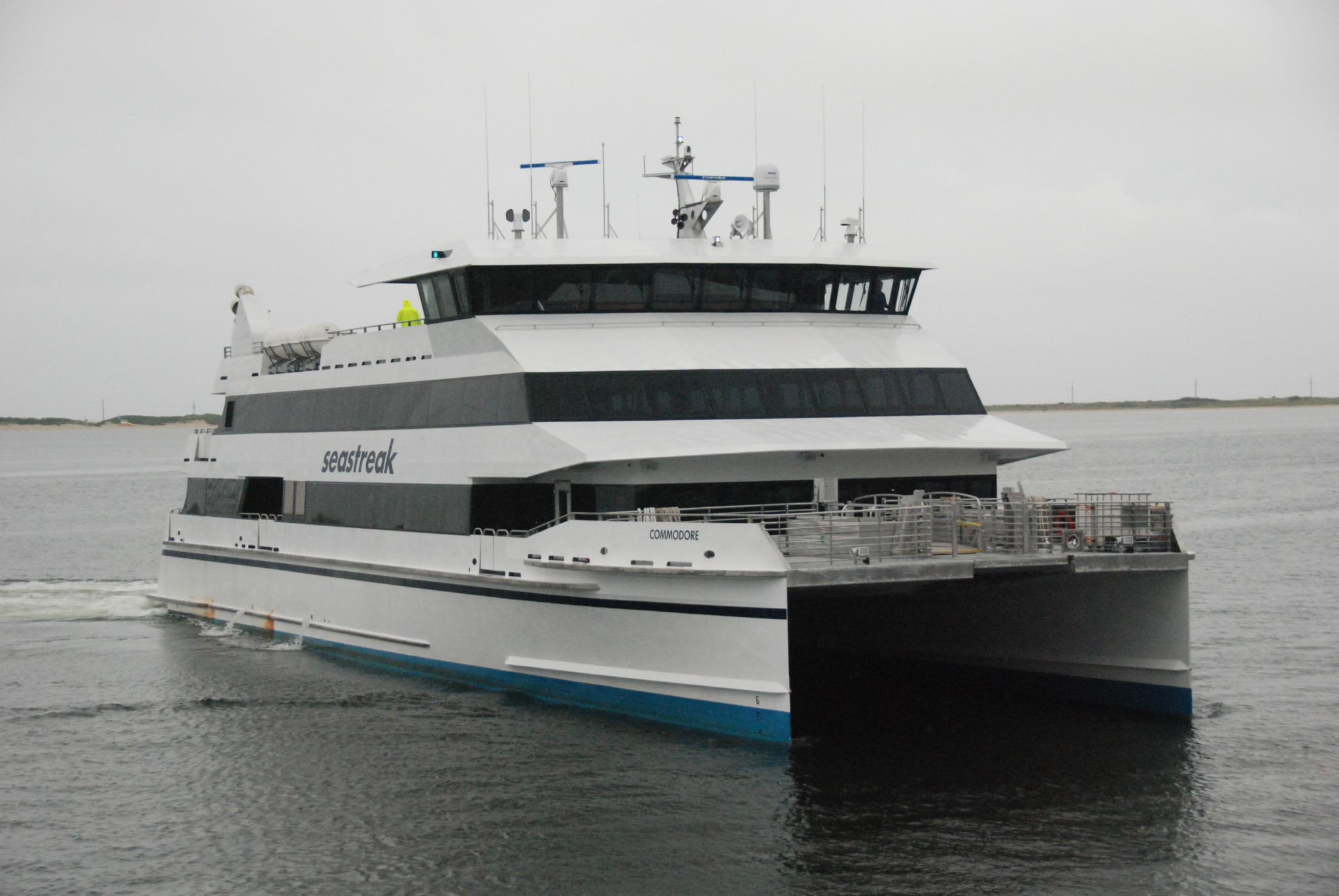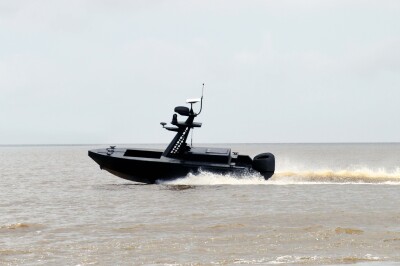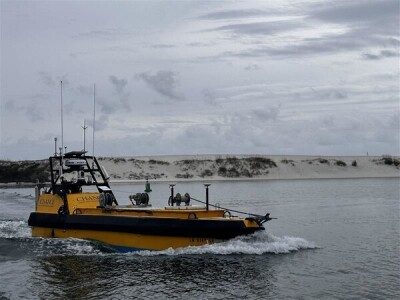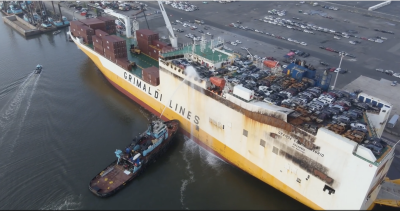Even before its new boats were in the water, it was apparent how the NYC Ferry could dramatically affect housing along the New York City waterfront.
During its first days in May 2017, passengers on the new Manhattan-Rockaway route told me how they were already thinking of the prospect of moving to the far-flung seaside neighborhood in the borough of Queens, now that the new ferry could cut the commuting time by half.
“It’s one of the few neighborhoods in the city where property is affordable,” one said.
It is not without peril. Hurricane Sandy in 2012 amply demonstrated how New York is vulnerable to storm surges, and Rockaway took it hard. But even with the more stringent building standards and flood insurance requirements now in place, developers are placing their bets there.
The new public ferry system, with its $2.75 fare the same as the subway, came on line just as the metro rail system was having one of its worst years for breakdowns and delays. Over in New Jersey, commuters on New Jersey Transit trains are seeing more delays, cancellations and even suspension of some service, as the transit agency struggles to meet federal requirements for new safety equipment.
Private ferry companies are winning new customers that way, and also from some out-migration from New York. A 40-trip fare book for $675 on the Seastreak ferries from northern Monmouth County is about $50 a week more than the rail pass, and that small differential makes a boat ride in half the time increasingly attractive, says Jack Bevins, Seastreak’s vice president for operations.
More of their newer customers are people who have opted to live near the Jersey Shore beaches and commute to their jobs in the city. Six years after Hurricane Sandy trashed those towns, much has been rebuilt to new flood elevations, and the real estate market is booming again.
As with the out-migration to Brooklyn and Rockaway, “I think you’re going to see more of that” as ferry services grow in the region, he said.





